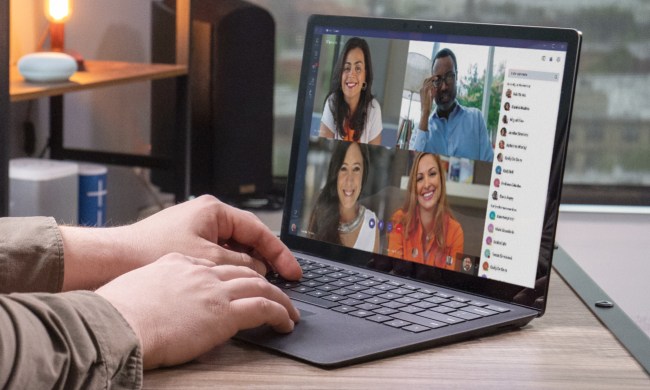
One of the programs under the USF, known as “Lifeline,” has historically helped the millions of Americans who qualify for Food Stamps and Medicaid pay for their cell phone services, receiving $9.25 a month in subsidies. But with the growing popularity, and indeed necessity, of the Internet, lawmakers are now extending Lifeline’s services to broadband as well.
This will certainly take some finagling, as the subsidies are to be maintained at their current $9.25 levels, which Randolph May, president of the Free State Foundation, noted, “would not buy you very much broadband service.” But with the Lifeline program drawing significant criticism in the last few years for its high price tag of nearly $2 billion and identified instances of fraud, lawmakers are doing everything they can to assuage concerns while also helping poor Americans.
At the same time, the need for broadband is becoming more and more pronounced, with CNBC reporting that nearly 30 percent of Americans are without broadband access at home, and the low-income demographic, which is predominately black and Hispanic, disproportionately lack access.
Jessica Rosenworcel, an FCC commissioner nominated by President Obama, noted Thursday that Internet access is increasingly becoming an educational issue as well, with nearly seven in ten teachers assigning homework that requires students to be online. “Students who lack regular broadband access are struggling to keep up,” said Rosenworcel, “Now is not a moment too soon, because this is about the future.”


